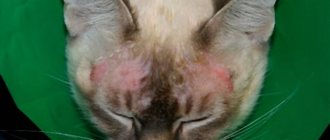Option 1. Cold-blooded
Turtle.
She has no fur or irritating saliva. The turtle can be fed by hand, and if it doesn’t like something, it even hisses. The main thing is, don’t forget about it. Unlike a kitten or puppy, a turtle living in a terrarium will not bite or scratch you if it gets hungry. She might even fall asleep. Therefore, do not leave the animal only in the care of the child. With good care, turtles live for 10 years.
The only drawback: turtles often carry salmonellosis - after that you need to wash your hands well and prevent the animal from coming into contact with food.
Fishes.
They are also taciturn and beautiful. Watching the aquarium will calm the nervous system of both the child and the parent.
Pet stores have a large selection: from unpretentious guppies to goldfish and colorful ocean inhabitants. Extremely need special care and salt water.
Achatina giant
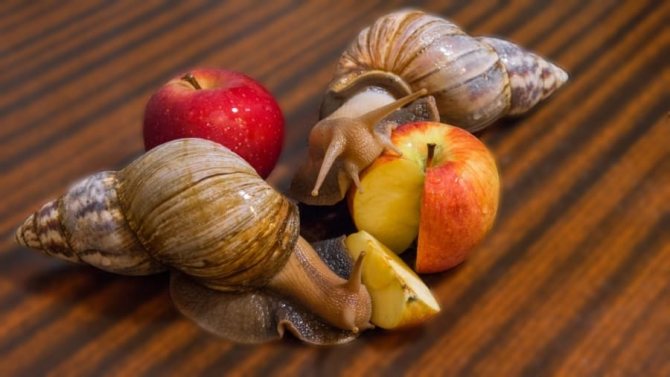
Large terrestrial mollusks, they are good because they are easy to care for and can be handled. True, not everyone will risk picking up a giant snail. Achatina live in an aquarium; soil is placed at the bottom. Snails love to burrow into it. They mostly sleep during the day and are active at night.
There will be no problems with food; they like lettuce leaves, vegetables, and fruits. Each animal has its own taste preferences.
Clams love to swim. People who want to keep snails should prepare for the fact that they will have to frequently clean up their aquarium.
Adults also begin to reproduce and lay eggs. This becomes a huge problem for their owners, since the animals are very fertile.
Option 2. Hairless breeds of dogs and cats
If you think that hairless breeds are unpretentious, then you will be disappointed. The skin of a “naked” animal requires special care: wash, lubricate with moisturizer, protect from cold and sunburn. Even in a warm apartment, they may need special clothing. On the street - sunscreen.
The most common hairless breeds
Sphinxes. Stylish hairless cats. They are peaceful and extremely fond of their owners.
Peruvian Inca Orchid. Behind this exotic name hides a measured, peace-loving dog up to 50 cm tall at the withers.
Xoloitzcuintle, or Mexican Hairless Dog.
They vary in height: from 25 to 60 cm.
American Hairless Terrier. A nice feature: it does not suffer from constant problems with the skin. The dog is active and strong and is able to protect the owner. Needs proper training.
Do you like fluffies? There are weakly or completely non-shedding breeds.
Madagascar cockroach

Not everyone will like this animal. A huge cockroach, reaching 10 centimeters in length. Before you buy a cockroach, you should take care of the terrarium; choose a model with a lid.
Madagascar cockroaches move easily on smooth surfaces. If an animal crawls out of the terrarium, nothing bad will happen; they are absolutely harmless and harmless.
The only thing is that they can scare you with a strong hiss or whistle, which is how cockroaches try to scare the enemy.
They are omnivores, eating any vegetables and fruits. There must always be water, otherwise the animals will eat each other. The Madagascar cockroach can be handled.
Option 3.

Low-shedding breeds of cats and dogs
Cats for allergy sufferers
Kurilian Bobtail. Quite a large, shaggy cat, sheds lightly. She has a small lynx tail and tassels on her ears. Bobtails are intelligent and clean: they are not afraid to wash themselves, do not mark in the apartment (only in the toilet and on the street), can protect the owner and fetch abandoned things.
Cornish Rex. The coat is small and wavy and practically does not shed. Cats are smart, playful and non-aggressive; they will be beautiful companions for your offspring or daughter.
Abyssinian. An affectionate and active animal, extremely playful - your baby will certainly like it.
Scottish lop-eared.
The fur is small and practically does not fall out.

Kittens have appropriately pressed, curled ears. Cats don't like heights and won't jump on you from the closet! They often stand on their hind legs, like dogs.

This is how they stretch their backs. The breed is sociable, although a little shy.
British.
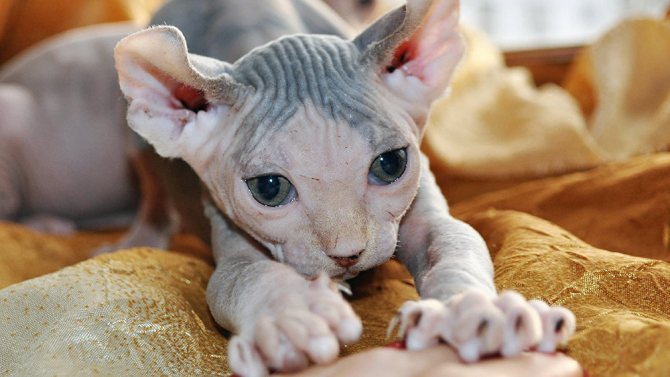
A measured and affectionate medium-sized short-haired cat.
Siberian cats rarely cause allergies, since there is no protein in their saliva that provokes attacks.
Dogs for allergy sufferers
We select an animal for children, so we describe dog breeds that are not only hypoallergenic, but friendly and playful.
Schnauzer. An inquisitive, active and cheerful dog. The coat is long and curly and does not shed. True, there remains the danger of an allergy to saliva.
Poodle. Smart, loyal and playful, an ideal partner for children.
Australian Silkie Terrier, Yorkshire Terrier and Golddust Yorkie.
Small dogs that have one hundred percent no undercoat. The coat itself is long, narrow and straight. Remember to brush and wash your dog often, and you will spend many pleasant moments in its company.
Bichon Frize. Another great little dog that is easy to potty train.
Kerry Blue Terrier.
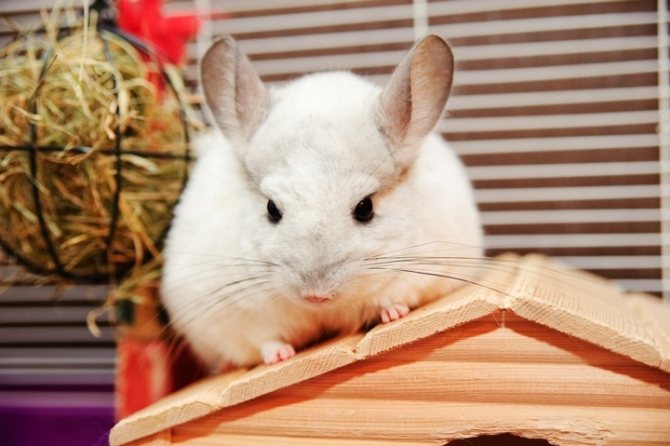
Owner of thick coat, not prone to shedding. An excellent guard and rat catcher.
The Irish Water Spaniel reaches 70 cm at the withers, but is also friendly.
Bedlington Terrier. A curly dog with a tuft on his head.
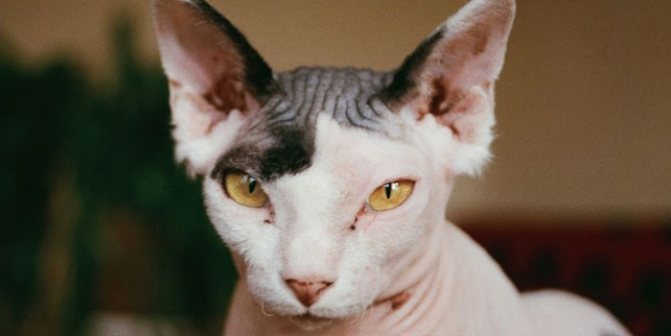
She sheds, but the trick is that the fallen hairs remain in the curls and do not fall to the floor. The main thing is, don’t forget to comb them.
Syrian hamster

Also called golden or sandy, they are the most common breed of hamster that can be kept at home. There definitely won't be any problems with it.
For a Syrian hamster, you definitely need to purchase a cage. You will have to clean it out periodically. Be sure to put some filler, hay, paper, rags will do.
The rodent's menu should be comprehensive: grain mixture, plants, vegetables. Take care of drinking water. Sometimes you can walk your hamster in your apartment; a walking ball is used for this purpose. You should not let the animal go without a ball, the hamster may fall, or be crushed by members of the household. The animal can be picked up; usually they do not bite, only in case of self-defense.
Option 4. Exotic animals
The chinchilla is a charming, affectionate and sociable animal with short, thick hair that does not actually fall out. It is extremely amusing to gnaw dry apples, holding them in its paws.

Children's favorite. But these little squirrels need special conditions of detention: a spacious cage, temperature conditions, and special, expensive sand for swimming.
Hairless guinea pigs have been exotic not so long ago. At the moment, these rodents, reminiscent of hippos, can be found in many pet stores.
Hairless guinea pig
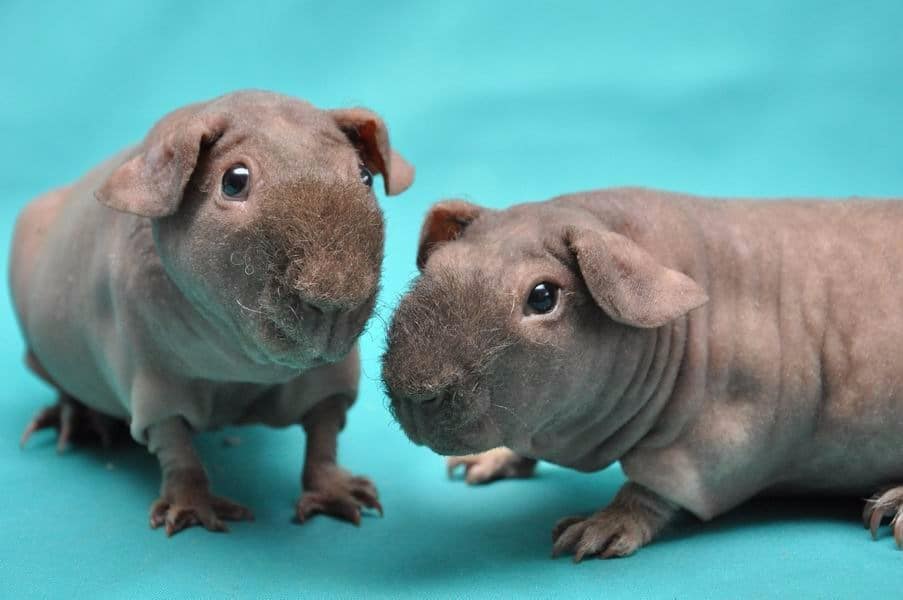
The pig is already a little more like a “traditional” pet, you can hold her without fear, and she has a rather cute appearance. They are socialized, affectionate and inquisitive.
Pigs get along easily with other animals. It is better to house the animal in a cage or terrarium. Breeders recommend using the second option.
It is necessary to pour a layer of sawdust into the tray and disinfect it at least three times a month. Caring for an animal depends primarily on the breed.
The pigs are fed traditional grain mixtures and additionally given oats and legumes. You can sometimes pamper your animal with apples or nuts.
Sphinx Rat

It’s been a long time since anyone could be surprised by a pet rat, but a bald rat, perhaps, can be boasted to friends and acquaintances. Of course, the animal is not for everyone. Not everyone will like it.
You need to prepare a cage for the animal; you can put a small entertainment complex there. While the rat is very small, it needs to be taught to bathe. Bare skin quickly becomes dirty, even with proper care and regular cleaning of the cage. Soon water treatments will bring her joy.
Sphinx rats are fed vegetables, cereals, and boiled meat. The animal must always have access to clean drinking water. The good thing about Sphynx rats is that they are very kind and affectionate and love to sit in your arms.
Prevention measures
To prevent the development of allergies to rabbits, it is necessary to resort to preventive measures, including the following:
- limiting contact with animals;
- refusal to eat rabbit meat;
- thorough cleaning after the animal if contact cannot be avoided;
- keeping the rabbit in a separate room in a closed cage or enclosure;
- stimulation of the proper functioning of the immune system in the form of leading a healthy lifestyle.
An allergic reaction to rabbits or rabbit meat is a reason to consult a doctor and undergo treatment. If you follow all the recommendations to combat the disease, you can quickly achieve a significant improvement in your well-being.
To prevent the development of the disease, a person who is prone to allergies should avoid any interaction with rabbits. Participation in the cage cleaning process is especially not recommended.
Rabbit excrement is rich in potentially dangerous proteins.
If a child develops an allergy to a rabbit, you should not allow him to hold even a decorative animal in his arms. Animal fur is not dangerous, but rabbit saliva and waste products can cause serious complications.
Preventive measures include the following rules:
- exclusion of interaction with the rabbit;
- disinfection with bleach of those places where the animal stays;
- thorough cleaning of wool and waste products;
- castration of a male rabbit to prevent territorial marking.
In some cases, a good result is achieved by performing specific immunotherapy. However, if possible, you should simply get rid of the animal. After all, interventions of this kind are not carried out in childhood.
Hypoallergenic pets for the home, which ones you are not allergic to: list
So, if a child is allergic, this is not a death sentence, but a need to make a more careful choice when buying a pet.
What animals bring joy to children, and not a cough with a runny nose?
First of all, it is necessary to note the fish and turtles. You can also get a lizard, chameleon or any other safe reptile.
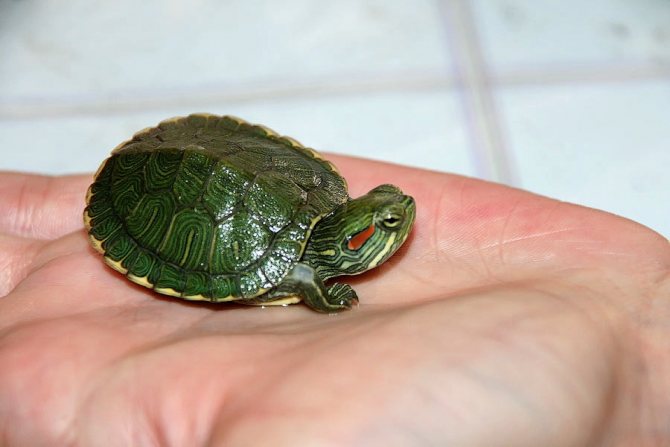
Turtle is a hypoallergenic pet
Many people want to have at home a soft, fluffy and warm animal that will happily respond to affection and take part in games with pleasure. The leader among medium-sized hypoallergenic pets is the chinchilla - a cheerful, smart, curious animal.
Various rodents kept exclusively in a cage are also suitable - decorative rats, guinea pigs (Skinny, Baldwin), Syrian hamsters.
You can get a Sphynx, Elf, Devon Rex or Cornish Rex cat. However, caution must be exercised here. If a child is allergic not to cat fur, but to skin secretions, saliva or urine, the symptoms of the disease will not take long to appear.

In rare cases, Sphynx cats can cause allergies.
The option of purchasing a dog can also be considered. Suitable ones for this purpose are:
- bichon frize
- Chinese Crested
- Kerry Blue Terrier
- maltese dog
- poodle
- schnauzer
- Irish Water Spaniel
- soft coated wheaten terrier
- bedlington terrier

Chinese Crested is a dog breed that does not cause allergies.
How does a rabbit allergy manifest?
An allergy can occur as a reaction of the body to the fur and secretions of a decorative rabbit, as well as to the meat of the animal. This disease occurs in both children and adults.
Symptoms of an allergic reaction to rabbits include:
- rash;
- nasal congestion and discharge;
- cough;
- inflammation of the eyes, excessive tearing;
- conjunctivitis;
- pain in the abdominal area;
- nausea and vomiting;
- difficulty breathing;
- anaphylactic shock (rare).
In children
An allergic reaction in children manifests itself as a reaction of an unadapted organism to an irritant. Most often, the disease either has the same symptoms as in adults, or manifests itself more intensely. Children under 1 year of age are at greatest risk of developing the disease.
The reason is the fact that the baby has not yet developed immunity.
Did you know? According to a study by Danish scientists, the risk of developing allergies to pets is reduced in children who are exposed to them in the first year of life.
In adults
Pathology can arise and manifest itself throughout the life of an adult. First of all, this is due to a decrease in immunity and additional deterioration of health with the development of other diseases.
Pregnant women are especially susceptible to allergies. If a pregnant woman exhibits an unusual reaction of the body to a rabbit or its meat, you need to pay close attention to possible similar symptoms in the child.



